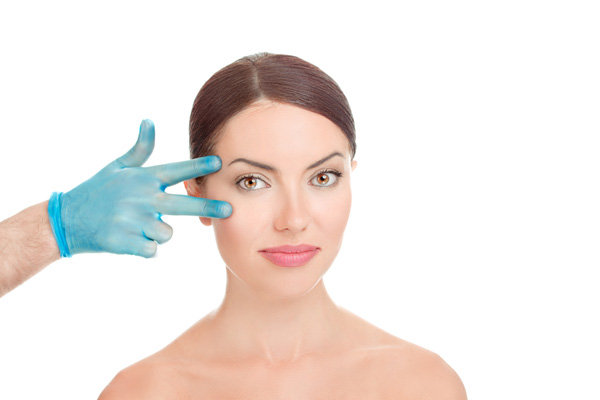Reasons to Consider Dermabrasion

Dermabrasion is a treatment that uses a rotating device to scrub the outer layers of a person's skin. It is a skin-resurfacing treatment. Once the doctor removes the outer layer of skin, a new layer usually grows back looking younger and smoother.
This treatment can be used to reduce the appearance of wrinkles and improve blemishes on a person's skin like scars. It can be done in combination with other skin treatments or alone.
During the treatment, the dermatologist will use an anesthetic to numb the patient's skin. The patient might also be given a sedative or a general anesthetic depending on the treatment. Be aware that dermabrasion will make skin more sensitive for a few weeks. Light-skinned people can expect pinkness that can last for up to three months.
Reasons to consider dermabrasion
This procedure can be used to fix issues like:
- Scars caused by a variety of things
- Wrinkles and facial lines
- Age spots and sun damage
- Uneven skin tone
- Tattoos
- Precancerous skin patches
Risks of dermabrasion
The risks that come with the treatment include:
Redness and swelling
It is common for patients to deal with redness and sensitivity after getting dermabrasion. The swelling should start going down in a few days, but for some patients, it can last for months.
Acne
You might have an acne breakout after getting a dermabrasion treatment. The bumps will often go away on their own.
Large pores
Dermabrasion can make the pores on a person's skin larger. The pores will usually return to their normal size once the swelling subsides.
Skin color changes
Dermabrasion can lead to temporary changes to the color of a person's skin. It can make it darker, lighter or blotchy. This is typically more of an issue for darker skinned patients.
Infection
While very rare, a dermabrasion treatment can lead to an infection. It can be fungal, viral or bacterial. For example, a patient might get an outbreak of cold sores after getting the treatment.
Scarring
In rare cases, dermabrasion can go too deep, and that can lead to scarring. Medications like steroids can improve the appearance of such scars.
Skin reactions
People with allergies can develop skin reactions or rashes after the treatment.
Getting dermabrasion
Before getting the treatment, the dermatologist will go over your medical history. Patients will answer questions about past and current medical conditions. The doctor will also perform a physical exam and check the area the patient wants to be treated. This will help to determine how the treatment will affect the patient.
The patient should make sure the dermatologist is aware of their expectations. The doctor will go over the potential risks and let you know how long it will take for you to heal.
Ready to improve the appearance of your skin? Talk to one of our dermatologists today. Our team has worked with all skin types. They will provide you with all the information you need for your dermabrasion session.
Are you considering dermabrasion in the Schaumburg area? Get more dermabrasion information at https://www.paulcdillonmd.com.


